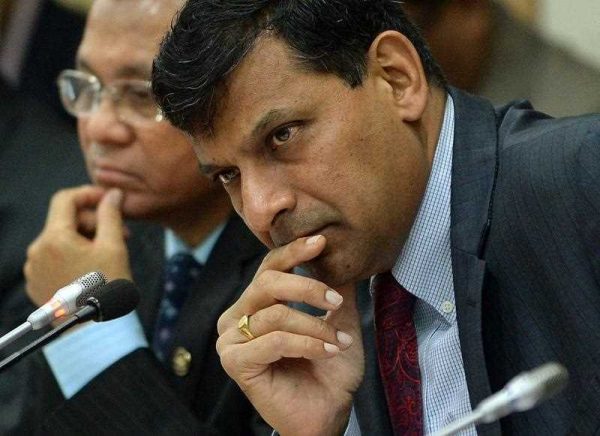A central bank must base its actions on forecasts of future macroeconomic variables. Its current forecast of inflation is far below that required for the ‘glide path of inflation’ reduction that the RBI had committed to. The low oil prices partly driving this are likely to persist, because technology has reduced OPEC’s power to fix prices.
The other major component of inflation, food prices, is also moderating. Global softening in commodities, a low rise in minimum support prices, and some offloading of food stocks have all slowed food inflation. The glide path is aimed at reducing inflation expectations but food inflation has the largest impact on household inflation expectations. As food inflation has slowed, so has the rate of rural wage increases. The sharp wage rise over 2008 to 2013 was a reaction to unusually high food inflation but conditions have changed. The government expenditure that was pumped into rural areas also increased wages. But since 2012, concerns about a possible downgrading forced a recommitment to fiscal prudence and such government expenditure slowed.
Minimising the output sacrifice was one of the motivations for a gradual disinflation. The output gap has been negative since 2011, which reduced both growth and potential output especially in industry — so why prolong the sacrifice longer than strictly necessary? The economy is currently over-performing on inflation reduction. The data available and the RBI’s modelling exercises both warrant cutting. A flexible response to change is essential in the Indian context.
The economy is very sensitive to extra high or low rates, so taking no action as trend inflation falls will raise real rates and choke demand. The stance should be neutral, not tight. Since output is below potential and cost push inflation is moderating, real positive repo rates — the effective rate at which the central bank lends short-term funds to commercial banks — are not required to achieve 4–6 per cent inflation. In the past, waiting to be absolutely certain before taking action has led to over- and under-shooting — the lagged effects of policy rates only aggravate the problem. The RBI cannot afford to be behind the curve.
In hindsight, rates were probably higher than necessary over the past year but this was understandable, since the RBI was playing it safe after six years of above-normal inflation. But with 10 million young people entering the labour force every year, if the factors that raise costs moderate, there is no constraint to expanding supply. There is space for industrial output to expand even in the short-run, and investment will further raise capacity as demand increases.
The best coordination is not necessarily both monetary and fiscal policy tightening together, as they have since 2012. Rather each should target the area where it is most effective. Lower interest rates create more demand for industry which has excess capacity, while government spending creates more demand for food where prices are volatile.
Monetary relaxation has the potential to raise demand for a stagnant industry provided the composition of government expenditure is changed to relax supply bottlenecks without creating excess demand in constrained sectors. The government is committed to its fiscal deficit targets and to shifting the composition of its expenditure towards investment. With this fiscal restructuring, monetary policy can afford to soften, helping a recovery in industrial growth.
Global and export demand is weak, so domestic demand needs to be stimulated all the more to compensate. Low credit growth and a rising inventory of unsold houses point to weak demand. Reviving demand will help get cash flowing, making stressed infrastructure assets viable again. The fall in oil prices is not enough of a demand stimulus, since much of it was absorbed in a rise in taxes. In order to ‘make for India’, domestic demand must be allowed to rise. A large interest differential, together with macroeconomic stability, is currently making India a target for volatile carry trades.
But a cut must not be steep. The RBI should continue focusing on anchoring inflation expectations and watching food inflation. There is no need to over-react like after the fall of Lehman and the collapse of oil prices that followed. Deep cuts then resulted in over-stimulating the economy. But over-reaction in the other direction also has to be avoided. In the summer of 2008, in October 2011, and in June 2013 raising the repo rate despite peak rates, and a slowing industry, damaged industrial growth. India should be careful not to walk down that path again.
Ashima Goyal is Professor of Economics at the Indira Gandhi Institute of Development Research, Mumbai.

